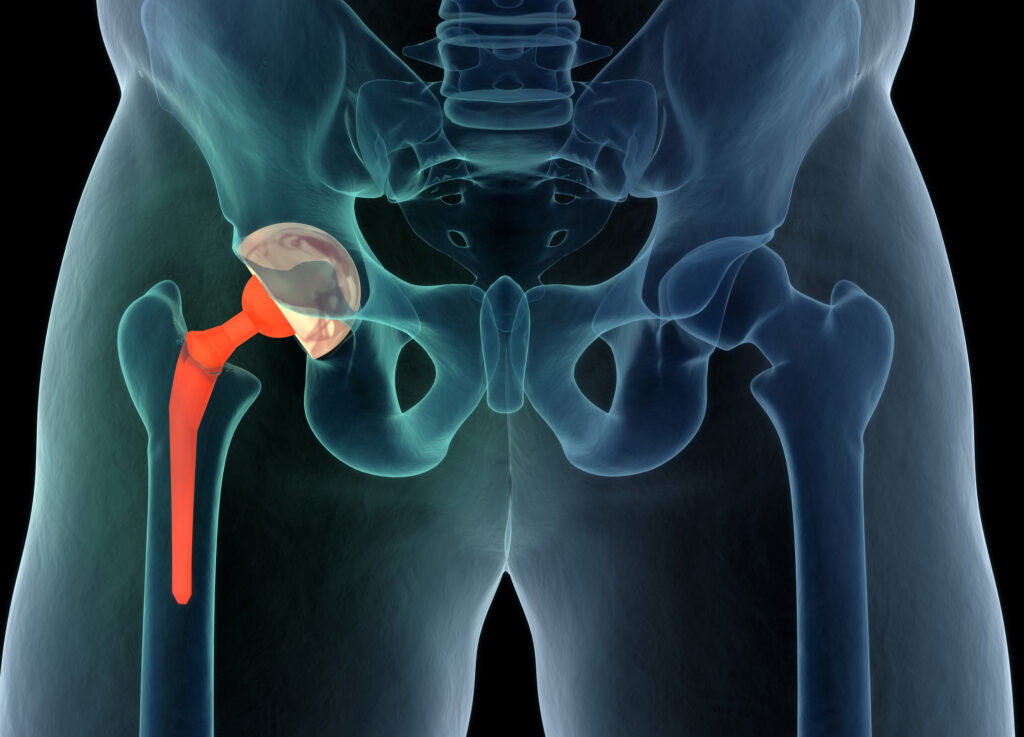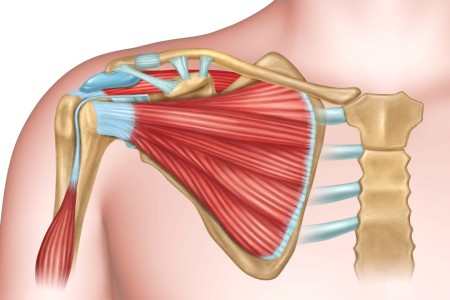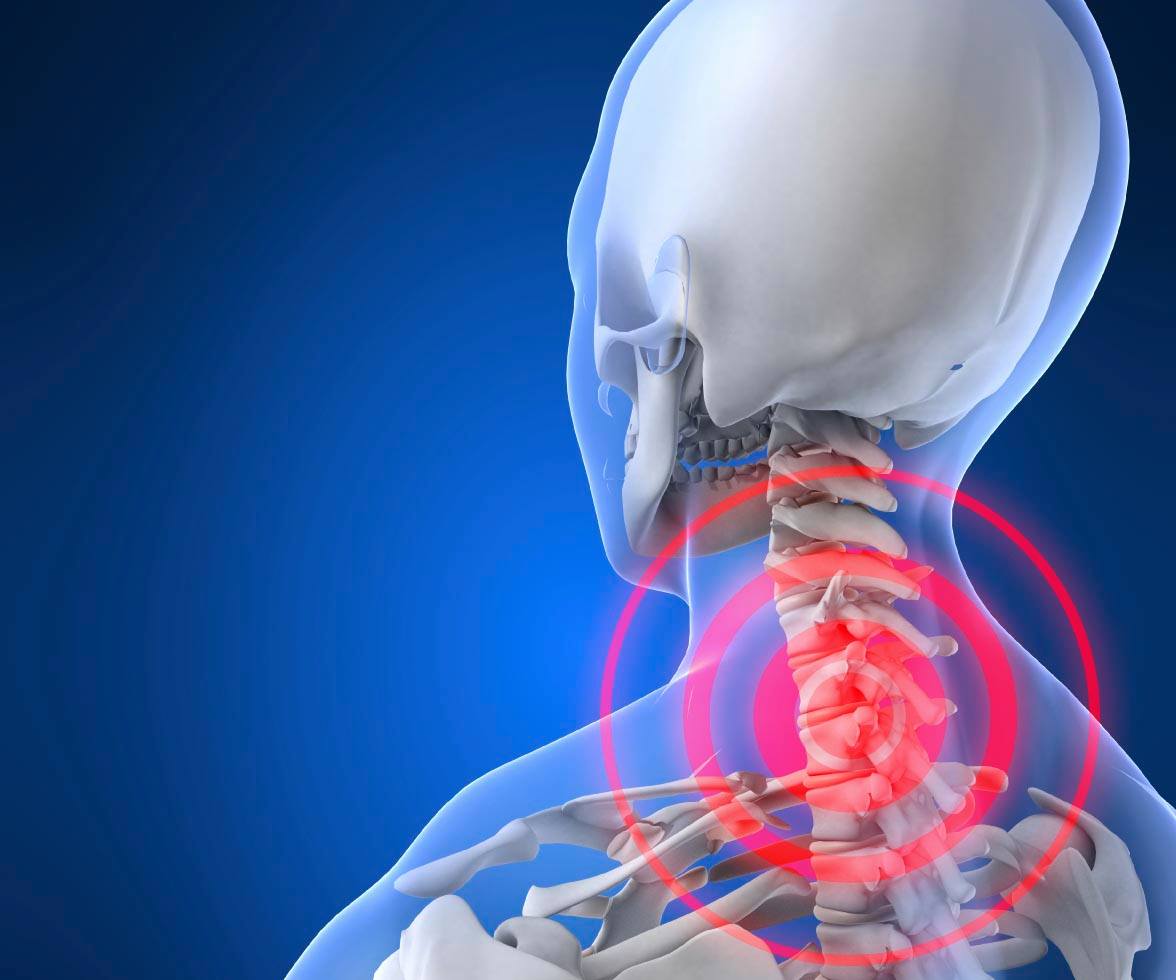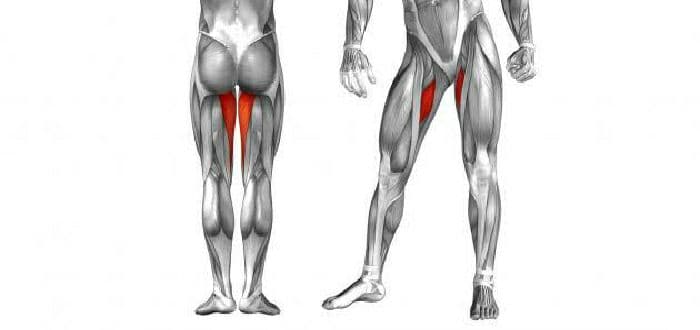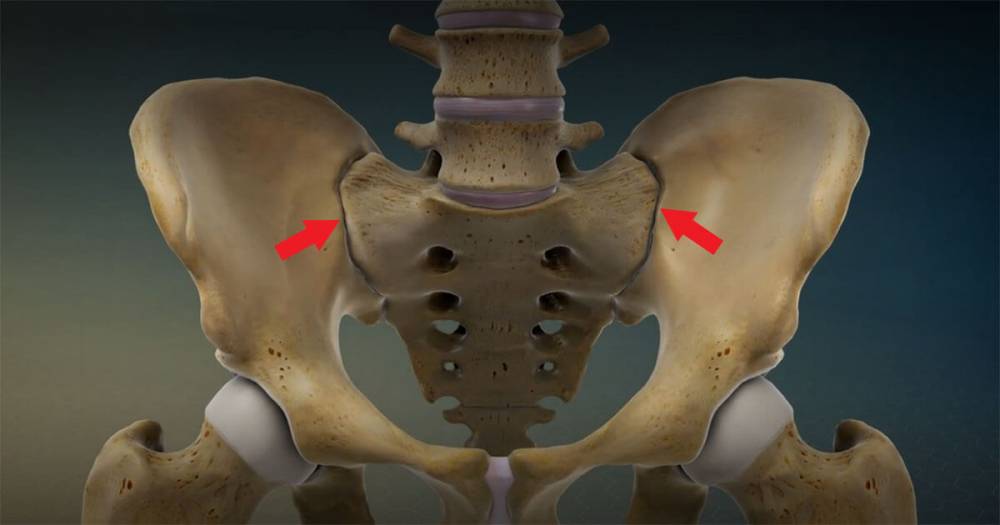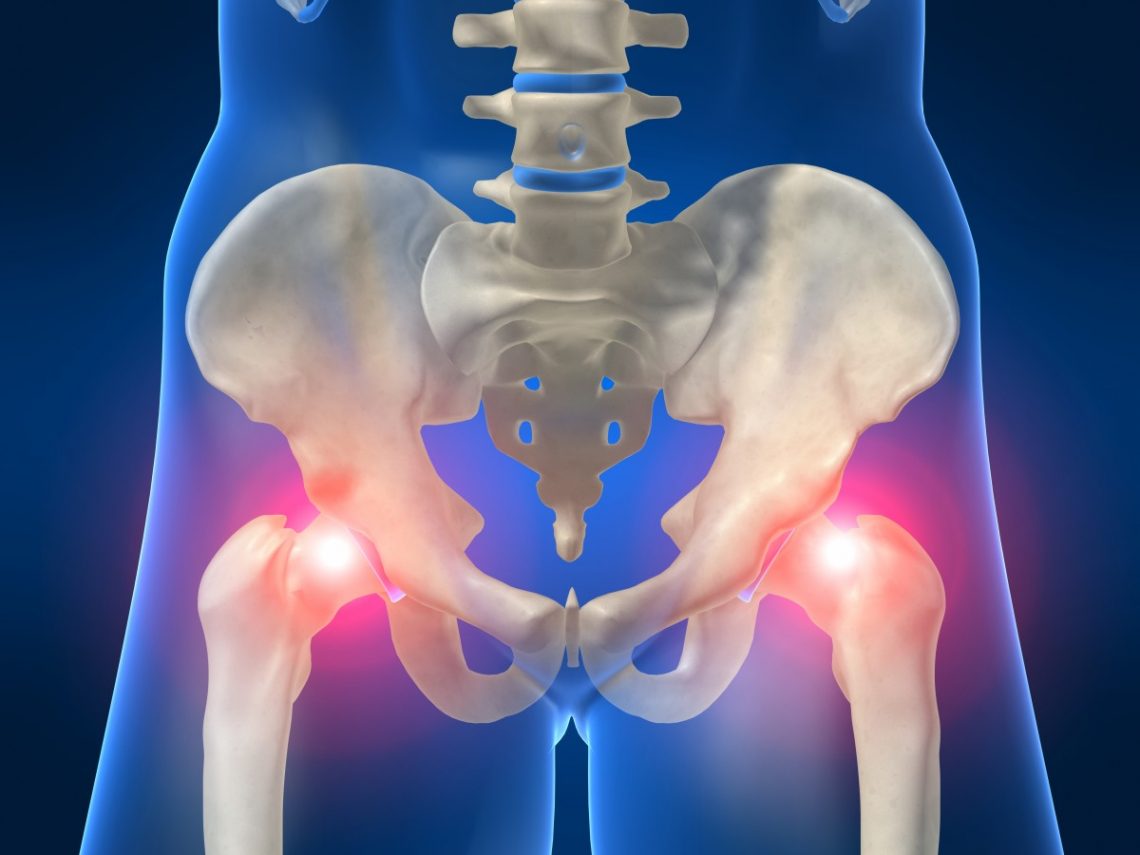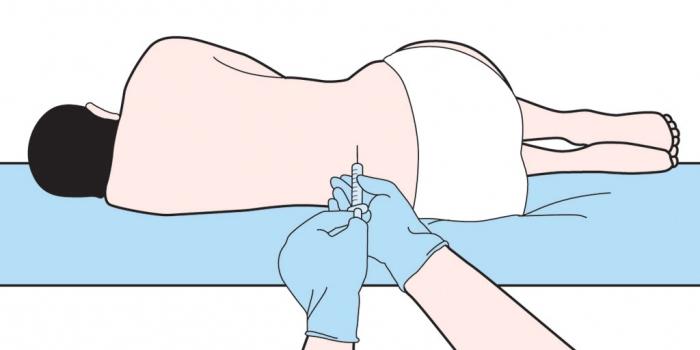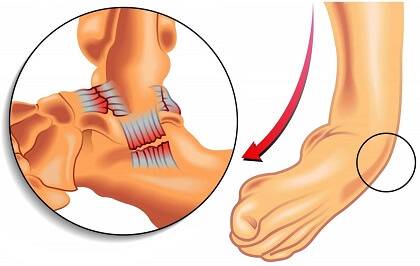? Achilles tendon repair surgery and what are the complications of neglecting Achilles tendon stitching
Ruptured Tendon Surgery, this article will provide an overview of ruptured tendon surgery, exploring its causes and types, as well as the surgical procedure itself and what to expect during the healing process. We will also discuss some important tips for proper recovery after the surgery and maintaining the health of the repaired tendon.
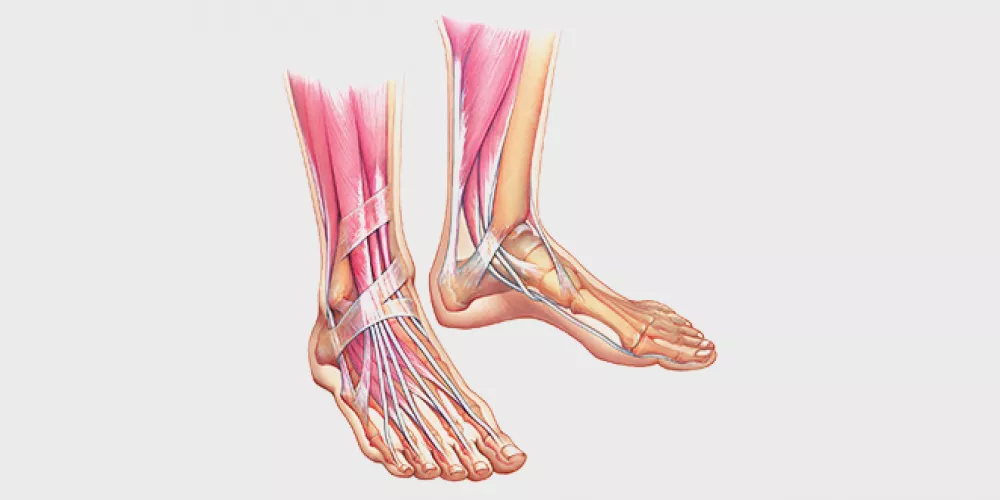
Ruptured Tendon Surgery
Ruptured tendon surgery is a surgical procedure where torn or degenerated tendons in the foot are repaired. Tendon tears can occur due to sports injuries, accidents, or aging, and when a tendon is torn, it can result in loss of normal movement and severe pain.
The method of ruptured tendon surgery depends on the diagnosis and evaluation of the injured tendon using X-rays or MRI. After identifying the location and type of tear, the surgeon performs the appropriate treatment. Ruptured tendon surgery typically involves suturing and repairing the torn tendon to restore the normal function of the affected joint.
This is usually done through a traditional surgical procedure that requires cutting the skin and surrounding tissues to access the tendon. After the surgery, the affected area is immobilized using a cast or splint for a period ranging from several weeks to several months, depending on the severity of the tear and its location.
Although ruptured tendon surgery can be a complex surgical procedure, it remains an effective way to repair and restore the normal function of tendons. It is important for the patient to follow the surgeon’s instructions and rehabilitation guidelines to ensure the success of the surgery and the full recovery of movement.
Follow the instructions of Dr. Amr Amal after the ruptured tendon surgery to accelerate the healing process and safely return to daily activities.
What is Tendon Cutting Surgery?
Tendon cutting surgery is a surgical procedure where the fibrous tendon fibers, made up of proteins connecting muscles and ligaments, are cut and divided. There are two main types of tendon cutting surgery: open tendon cutting and tendon suturing. In open tendon cutting:
The surgeon makes a surgical skin incision to access the tendon to be cut. This procedure is performed under general anesthesia to ensure the patient does not feel any pain. The tendon is then cut along its length, and the severed ends are connected to increase the length of the tendon. An open tendon cutting surgery typically takes about half an hour.
In tendon suturing, the cut muscle tendons are stitched back together to repair the severed tendon. This is done by a surgeon using specialized sutures to bind the severed ends back together, aiming to restore the tendon to its natural state.
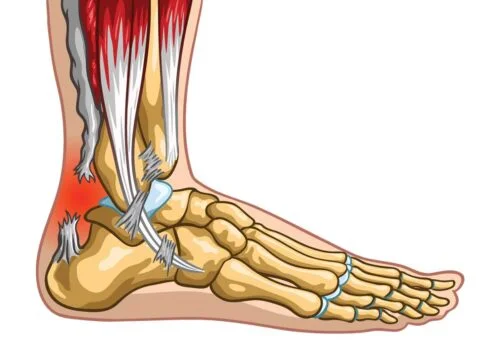
What is Tendon Suturing?
Tendon suturing is a surgical procedure where the severed tendons are stitched back together to restore their normal function. These procedures are used to treat and repair tendon injuries, where the disconnected tendons are sewn back together to mend the ruptured tendon and restore it to its original state.
Tendon suturing is an important process for restoring the function of damaged muscles and tendons and ensuring their natural ability to perform their task. During this procedure, a multi-strand suture thread is used to stitch through the fibers of the severed tendon, and the suture must be strong and durable to ensure the stability and load-bearing capacity of the tendon.
Specific techniques are used for tendon suturing, where the severed tendon ends are secured with multiple sutures in a symmetric manner, and the sutures are tied with a strong repair knot to ensure the stability and proper positioning of the tendon.
After the tendon suturing, the tendon needs adequate rest for healing, which may involve the use of crutches or other assistive devices to support the tendon and reduce the load on it, helping to promote the healing process and improve the final outcomes of the tendon suturing procedure.
Maximize the experience of Dr. Amr Amal in ruptured tendon surgery to achieve optimal results.
Reasons for Tendon Suturing
This procedure is necessary to restore joint mobility, reduce swelling and pain, and also prevent the formation of scar tissue that can affect joint movement. The reasons for tendon suturing vary depending on the injured area and the type of inflamed muscle or tendon. Here are some common reasons for undergoing a tendon suturing procedure:
- Sports Injuries: Severe sports injuries can be a common cause of tendon tears. For example, in sports like soccer, basketball, or weightlifting, the tendons are prone to tearing due to powerful movements and impacts.
- Accidents and Fall-Related Injuries: Tendon tears can occur due to a forceful fall on the joints, especially in areas like the wrist, ankle, and fingers. These injuries are common in people who engage in strenuous sports or work in construction and other industries.
- Muscle and Tendon Inflammation: Inflammation in the muscles and tendons can occur due to excessive and continuous strain on the body, such as intense physical work or repetitive motions. These inflammations can lead to the weakening and tearing of tendons, requiring tendon suturing.
- Chronic Diseases: Certain chronic diseases, such as arthritis and tendinitis, can cause damage and tearing of tendons, and in these cases, tendon suturing becomes necessary to restore joint mobility and normal function.
- Previous Surgical Procedures: In some cases, tendon tears can occur as a result of previous surgical procedures in the joints or surrounding areas, and tendon suturing becomes necessary to repair the damage and promote healing.
Get rid of the tension and pain with Dr. Amr Amal and treatment for ruptured tendon surgery.
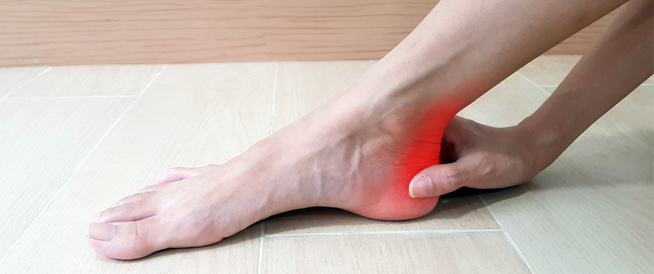
How is Tendon Cutting Treated?
Modern technology and advanced surgical procedures offer multiple techniques for the treatment of tendon cutting, including suturing procedures, open tendon procedures, and ultrasound-guided treatments. Let’s explore some common ways of treating tendon cutting:
- Suturing Procedure (Direct Tendon Repair):
- This method is used for the treatment of mild to moderate tendon cuts.
- The surgeon brings the severed tendon ends together and sutures them using specialized threads.
- This approach promotes tendon regrowth and restores its normal function.
- Open Tendon Cutting Procedure:
- This procedure is reserved for cases of severe tendon retraction.
- It is performed under general anesthesia.
- The surgeon makes a surgical incision to access the injured tendon.
- The tendon is cut lengthwise, and the two parts are reconnected to increase the length.
- This type of procedure typically takes around half an hour.
- Non-Surgical Treatment:
- If the tendon injury is mild, the doctor may recommend non-surgical treatment.
- These methods include taking pain and anti-inflammatory medications, rest, and using crutches.
- Physical therapy sessions are also recommended to improve tendon mobility and strengthen the surrounding muscles.
When Does a Ruptured Tendon Heal?
A ruptured tendon is a common injury that can occur in the body, where the tendon ends become separated from each other. When this separation occurs, the healing of the tendon becomes necessary to restore its function and return to a normal state. The healing time for a ruptured tendon varies from case to case.
It depends on several factors, including the location of the tear, its severity, the patient’s age, and their overall health. Typically, the healing of a ruptured tendon can take from a few weeks to several months, and in some cases, it may take more than a year for the ruptured tendon to heal completely.
To accelerate the healing of a ruptured tendon, patients are advised to follow certain medical recommendations. These include maintaining proper body alignment and avoiding excessive efforts that increase tendon tension and affect the healing process. Patients are also encouraged to follow a physical therapy program aimed at strengthening the muscles around the ruptured tendon.
Discover how Dr. Amr Amal can help you improve the flexibility and strength of tendons through ruptured tendon surgery.

Is Tendon Surgery Dangerous?
Tendon repair surgery may involve some risks and health challenges. The potential risks include:
- Anesthesia Risks: The procedure requires local or general anesthesia, which can be associated with risks such as anesthesia allergy, respiratory complications, or heart problems.
- Bleeding Risks: Bleeding may occur during the surgery due to injury to a nearby nerve or blood vessel, which may require surgical intervention to stop the bleeding.
- Infection and Inflammation Risks: Infection at the surgical site can occur after the procedure, which may require antibiotic treatment to prevent infection.
Complications of Achilles Tendon Cutting
Tendon cutting is a surgical procedure that involves cutting a portion of the tendon, typically the ligament connecting the muscle to the bone, and is also known as “tendon release” surgery. But what are the potential complications that can arise from Achilles tendon cutting? Let’s take a look at the relevant issues.
- Pain and Swelling: After the Achilles tendon cutting procedure, the patient may experience severe pain and swelling in the surrounding area of the foot or ankle, and these symptoms may persist for a short period before beginning to improve.
- Difficulty in Mobility: Following the tendon cutting, movement can become difficult and painful. It may be challenging to lift, bend, or move the foot, especially in cases of complete tendon severance, requiring extensive physical therapy to restore normal joint mobility.
- Impact on Functional Ability: Cutting the tendon can affect the functional ability of the affected joint. Patients may struggle with walking or performing daily activities, necessitating intensive rehabilitation of the tendon and strengthening of the surrounding muscles.
- Bone Destruction: In rare cases, tendon cutting can lead to the destruction of the neighboring bones, requiring additional surgery to repair the fractured bones.
- Non-Healing Adhesions: In some cases, non-healing adhesions may form between the severed tendon ends, hindering the proper healing of the wound and requiring re-surgical intervention or the use of different techniques to achieve proper tendon union.
Patients should always consult a qualified and specialized medical team in the event of any of these complications following the Achilles tendon cutting procedure, as accurate diagnosis and proper treatment can contribute to improving the surgical outcomes and enhancing the healing process.
Consult Dr. Amr Amal to explore the available options for ruptured tendon surgery and prepare for improved physical performance.

How Long Does Tendon Cutting Surgery Take?
Tendon cutting surgery is a surgical procedure used in certain cases to treat Achilles tendon tears. It involves the cutting of a portion of the tendon that connects the muscle to the bone, also known as a tendon release procedure. This surgery is necessary in some instances when sufficient improvement and recovery cannot be achieved through non-surgical treatment.
After the surgery, the patient typically requires a recovery period of about two to 3 months, during which the patient needs to rest and undergo close monitoring to ensure proper healing of the tendon.
The post-surgical treatment may also include physical therapy sessions to restore the strength and mobility of the tendon and enable the patient to resume daily activities safely. However, there can be variations among different patient cases, so individuals interested in the treatment should consult with specialized physicians.
What is the Cost of Tendon Surgery?
The cost of tendon cutting surgery in Egypt varies depending on several factors, including the patient’s condition and the type of procedure performed. The surgery can cost between 40,000 to 100,000 Egyptian pounds. Tendon cutting is considered a common injury in the foot.
It occurs as a result of accidents or excessive strain on the foot and ankle. Surgical procedures for tendon cutting in the foot are necessary to restore the patient’s normal movement and function. The cost of the surgery depends on the extent of the injury, the hospital, and the surgeon’s expertise.
Therefore, it is important for interested patients to communicate with specialized hospitals or doctors to obtain updated and comprehensive information on the cost, as this will help in financial planning and making an informed decision based on individual needs.
Book your appointment now with Dr. Amr Amal to get personalized advice on ruptured tendon surgery.
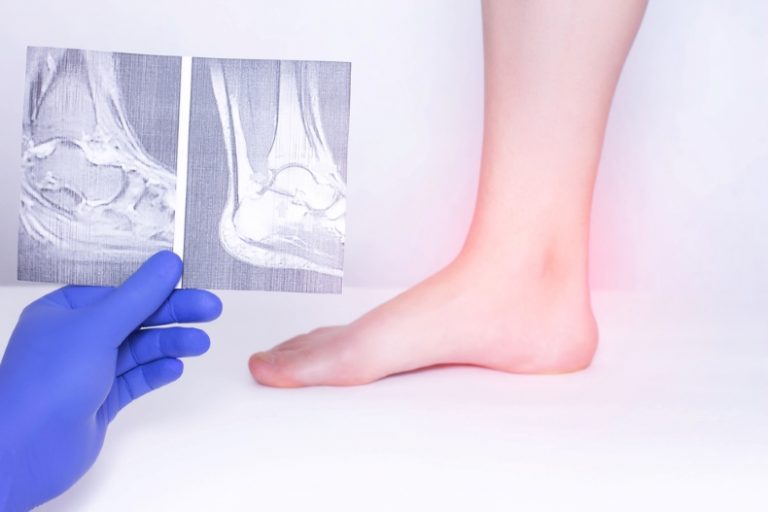
Best Doctor for Tendon Cutting Treatment
Dr. Amr Amal is considered the best in the field of tendon cutting treatment. It appears that Dr. Amr Amal is a prominent name in the field of hand surgery and the treatment of tendon injuries in the region. Dr. Amr Amal provides a high level of accurate diagnosis and innovative treatments, making him an excellent choice for patients suffering from tendon cuts.
Dr. Amr Amal’s reputation for excellence and global recognition is well-established. He has extensive experience in this field, and due to his specialization in tendon surgery, Dr. Amr Amal can diagnose tendon cutting cases with exceptional precision and provide the required care for each case individually.



